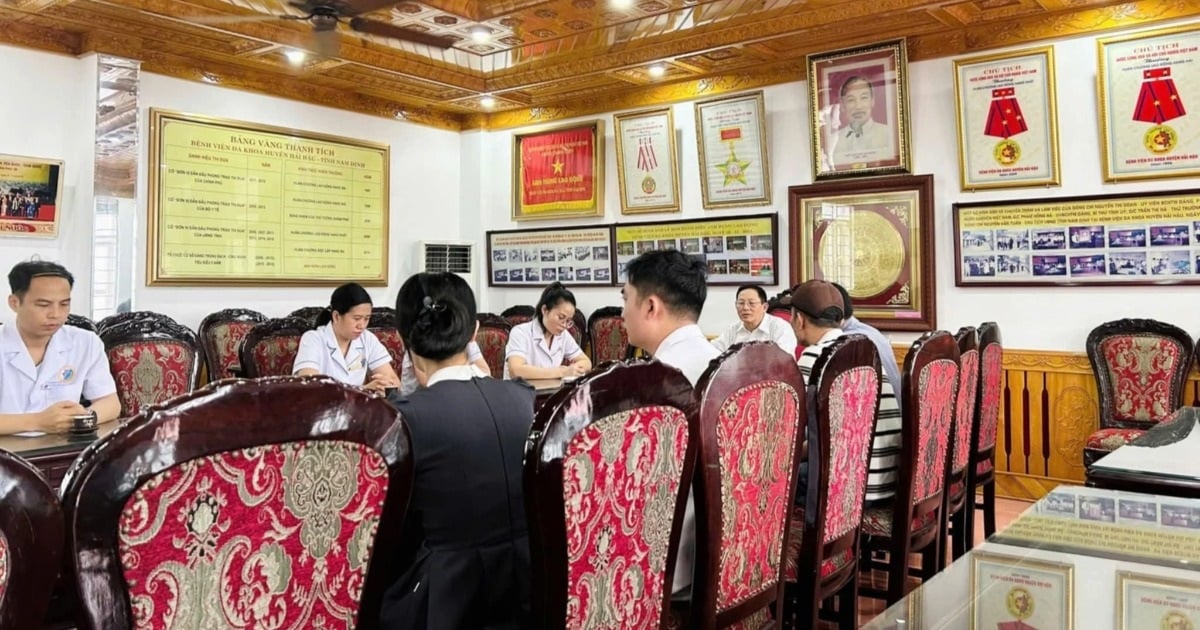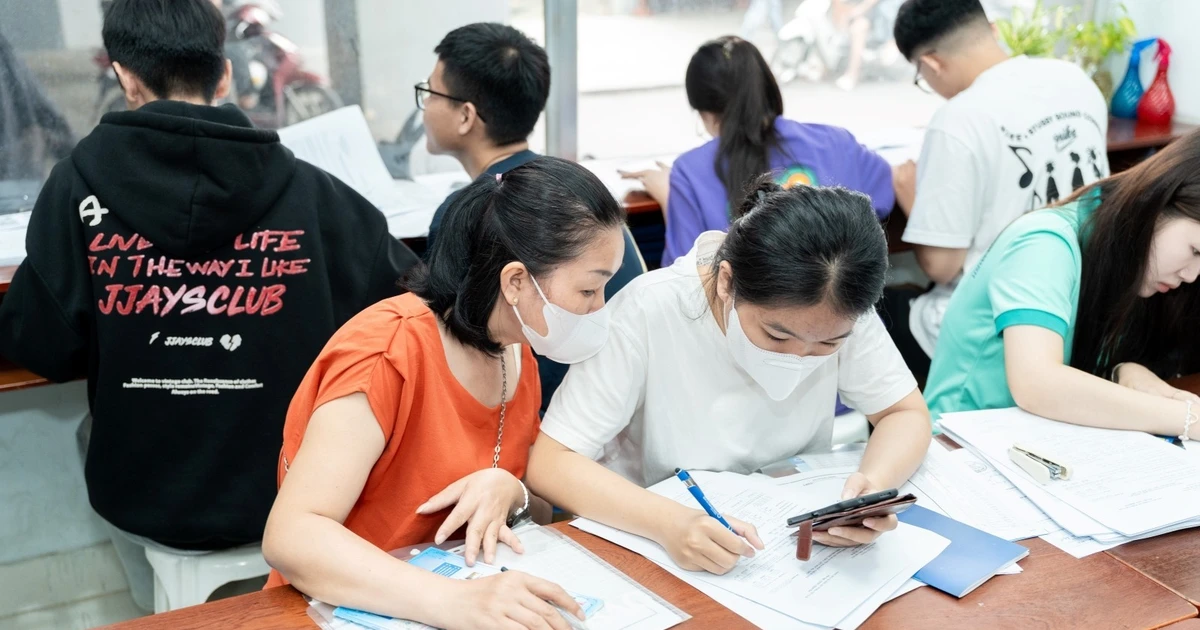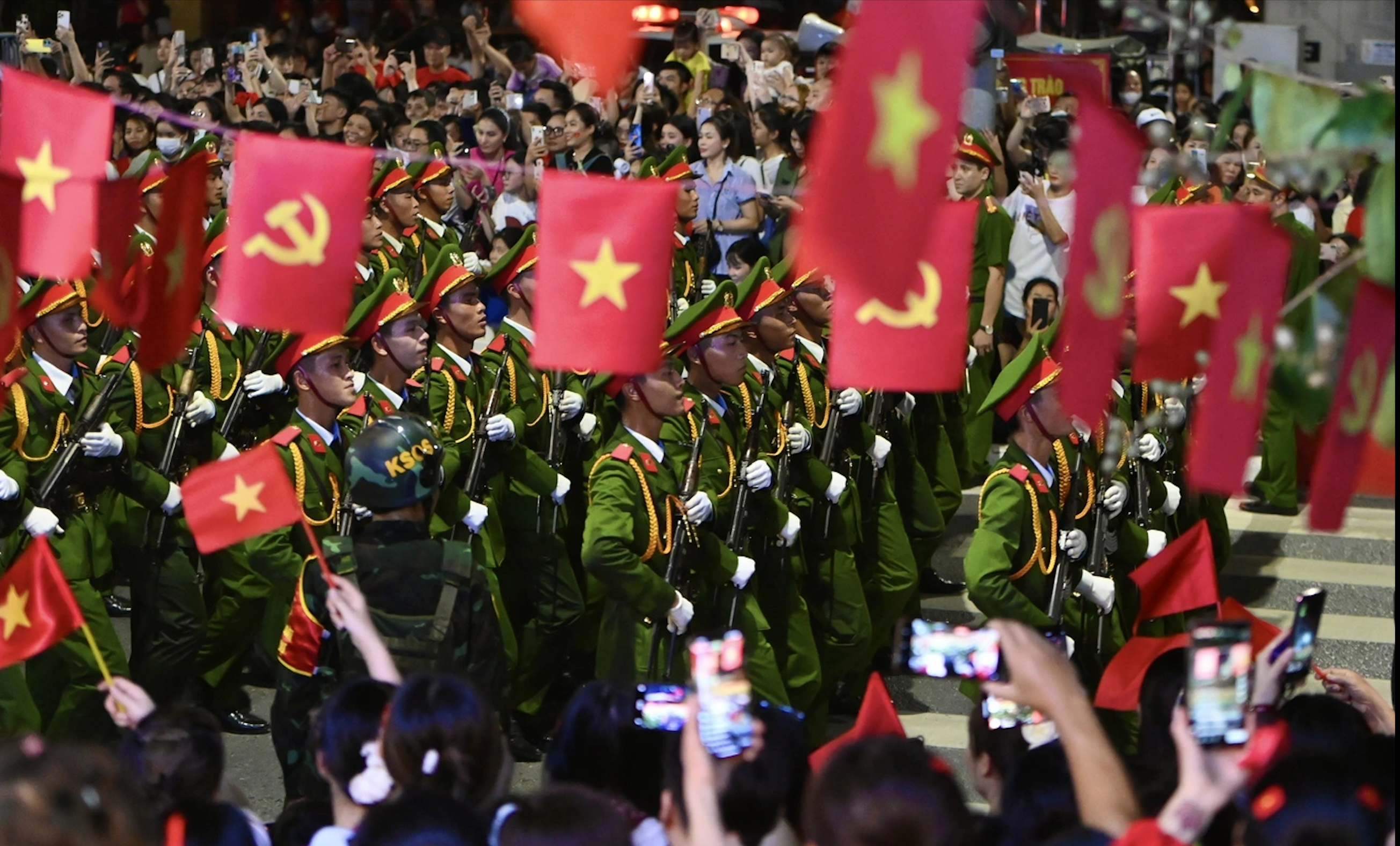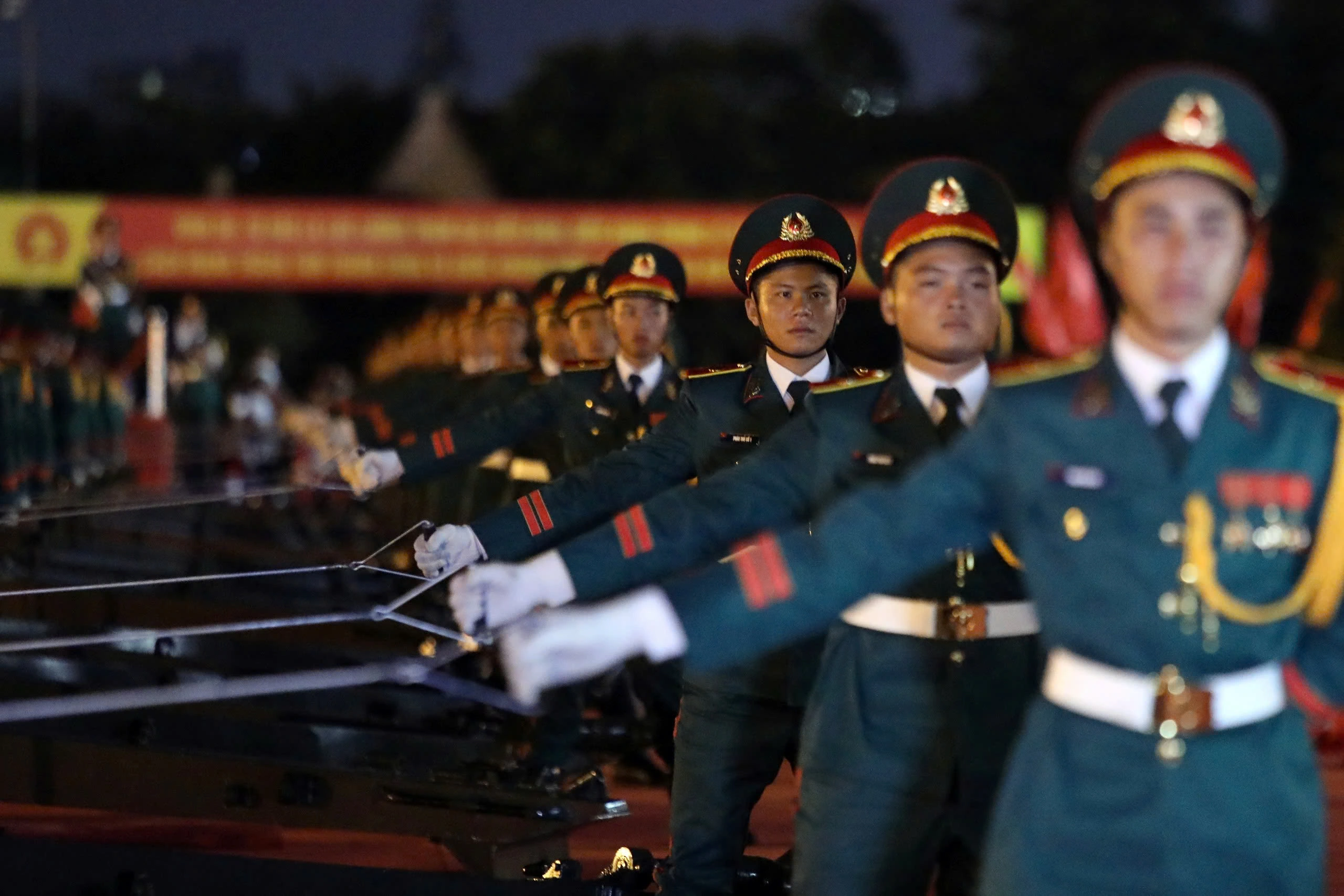This is a practical activity to celebrate the 80th anniversary of the successful August Revolution (August 19, 1945 - August 19, 2025) and the National Day of the Socialist Republic of Vietnam (September 2, 1945 - February 2, 2025).
For the exhibition House and Bunker D67 - Journey to Victory Day , the Thang Long- Hanoi Heritage Conservation Center built the exhibition content with the goal of vividly explaining the role of House and Bunker D67 during the period 1968-1975.

The exhibition introduces more than 300 documents and images, including 4 topics: The Gulf of Tonkin Incident and the First Destructive War; The Story of House and Bunker D67; Defeating the “Vietnamization of the War” and the Second Destructive War; The Great Victory of Spring 1975 .
The revolutionary relic House and Bunker D67 is a construction of important historical significance in the Ho Chi Minh era. House and Bunker D67 - secretly built in 1967 - during the fierce war, this was the place where many important meetings of the Politburo and the Central Military Commission were held, and also the workplace of the Commander-in-Chief and Chief of the General Staff of the Vietnam People's Army during the resistance war against the US and later national construction.
The exhibition "Promoting the Value of the Cryptographic Bunker - General Staff" provides information through documentary films and a system of panels that use storytelling sounds to give visitors the feeling of working in the bunker at the time of many historical events.
From there, highlight historical information about the role and activities of the Cipher Department - General Staff at the General Headquarters during the resistance war against America.
The Cipher Tunnel - General Staff Headquarters was built during the years of resistance against the US, playing an important role in helping the General Headquarters of the Vietnam People's Army maintain command, control and direction over the military branches and fronts in the conditions of the US Air Force fiercely attacking the capital Hanoi.
The Cipher Tunnel was started on February 10, 1966 and completed on June 30, 1966, with a total area of 37.2m2 , and was most used in December 1972.

The exhibition "Hanoi Flag Tower - Fatherland and the desire for peace" aims to honor and promote the value of an important historical relic, which preserves the cultural and spiritual values of the people of the capital and the Vietnamese nation.
The exhibition is presented in 3 themes: Flag Tower under the Nguyen Dynasty; French colonial occupation and changes; Independent Vietnam.
These themes are displayed in a combination of chronological arrangement from past to present or future and highlight events, artifacts help illustrate more vividly; short films are shown about the history of the construction of the Flagpole, especially reviving the historical moment on the day of the liberation of the Capital on October 10, 1954.
The Hanoi Flag Tower was built by King Gia Long between 1805 and 1812 in the middle of the southernmost axis of the Hanoi Citadel, on the old site of the Chu Tuoc Gate of the Le Dynasty. The tower-shaped architecture has three square bases, an octagonal column body, and a flagpole on top.
Under the Nguyen Dynasty, on major holidays, full moon and new moon days, the flagpole flew yellow and red flags symbolizing the sovereignty of a nation. During the French colonial period, the French turned the flagpole into an observation post, an information station and flew the French flag as a symbol of colonial rule.
On October 10, 1954, the Vietnamese national flag flew for the first time on top of the Hanoi Flag Tower, affirming an independent and autonomous Vietnam. During the resistance war against the US, the top of the Flag Tower was an observation post, on duty to monitor the situation of the US bombing of Hanoi.
Over its 200-year history, Hanoi Flag Tower has marked important events in the struggle for national independence. Today, Hanoi Flag Tower/Flagpole still stands tall with the national flag on top, symbolizing the will for independence, heroism and aspiration for peace of the capital Hanoi and the Vietnamese people.
Source: https://baovanhoa.vn/van-hoa/chuoi-trung-bay-chao-mung-cach-mang-thang-tam-va-quoc-khanh-29-tai-hoang-thanh-thang-160641.html



























![[Photo] An Phu intersection project connecting Ho Chi Minh City-Long Thanh-Dau Giay expressway behind schedule](https://vstatic.vietnam.vn/vietnam/resource/IMAGE/2025/8/21/1ad80e9dd8944150bb72e6c49ecc7e08)
































![[Photo] Politburo works with the Standing Committee of Hanoi Party Committee and Ho Chi Minh City Party Committee](https://vstatic.vietnam.vn/vietnam/resource/IMAGE/2025/8/21/4f3460337a6045e7847d50d38704355d)
































Comment (0)